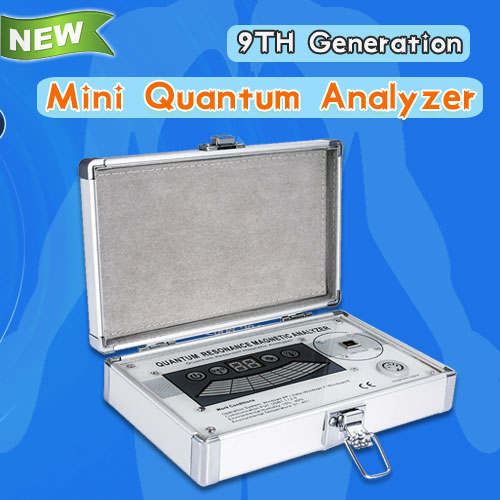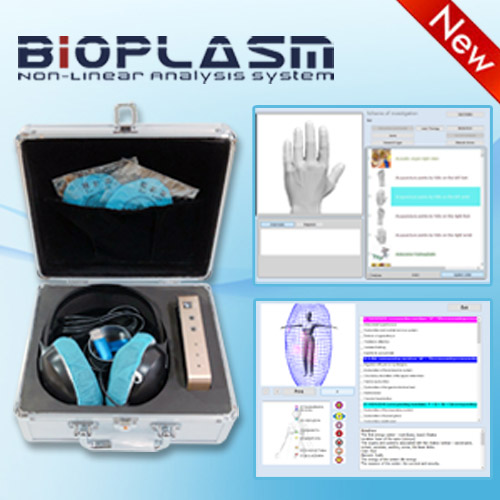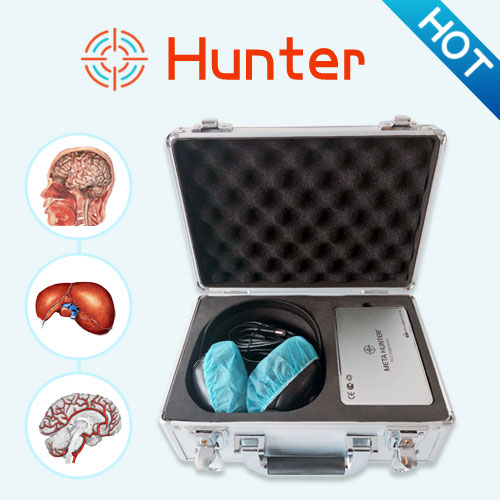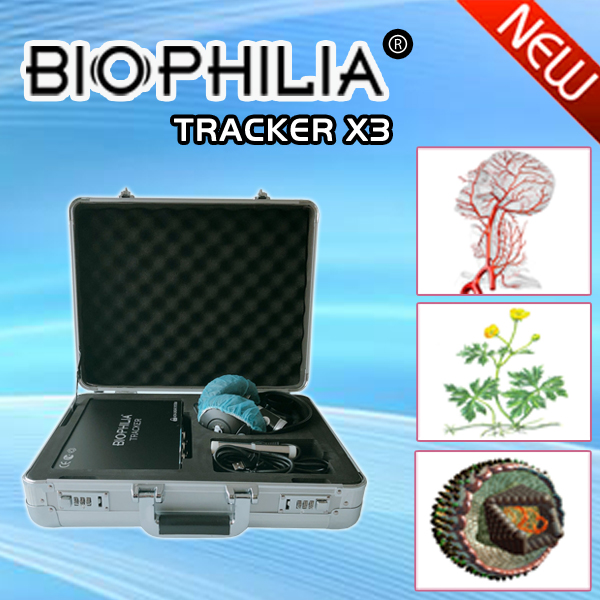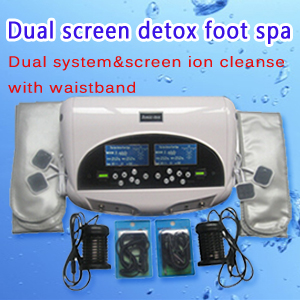NLS-research Of Ankle Joint With Metatron Hunter 4025
NLS-research of ankle joint was carried out with Metatron Hunter 4025 with software that allows three-dimensional visualization of extremities.
Virtual examinations were started from evaluation of anterior part of ankle joint. Afterward were evaluated:
- muscles tendons: tibialis anterior, extensor hallucis longus, extensor digitorum longus, peroneus longus brevis, posterior tibialis, flexor hallucis longus, flexor digitorum longus;
- Achilles tendon;
- Achilles bursa;
- ligaments: tibiofibulare anterius, talofibulare anterius, calcaneofibulare, deltoideum;
- plantar aponeurosis.
MRI slightly yields to NLS-method in diagnostics of tendons damages, because majority of them are poorly visualized by MRI. Semiotics of tendons ruptures includes the following signs: total damaging of fibers, increasing of its chromogeneity and deformation of structure at microscans in comparison with the same ligament of other extremity.
In majority of cases three-dimensional NLS-examination allows us to differentiate total and partial ruptures of tendons.
Differing from MRI, NLS-examination is quite sufficient for evaluation of plantar aponeurosis condition. Information value of NLS-research and MRI in aponeurosis damage evaluation is identical. However, besides fusiform thickening, intramural and perifocal edema, detected by MRI, NLS-examination detects hyperchromogenic fibrillar structures (6 points) at microscans and increasing of aponeurosis chromogeneity.
Therefore NLS-diagnostics method is highly informative in study of ankle joint damages. It may be regarded as additional method for examination of tendoligamentous apparatus.
In majority of cases when tendons and plantar aponeurosis are damaged, NLS-examination is adequate alternative of magnetic-resonance imaging.
This article is provide from [Metatron 4025 hunter],please indicate the source address reprinted:http://www.healthycarer.com/news/nls-knowledge/1483.html


